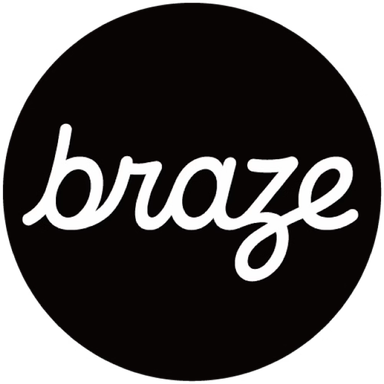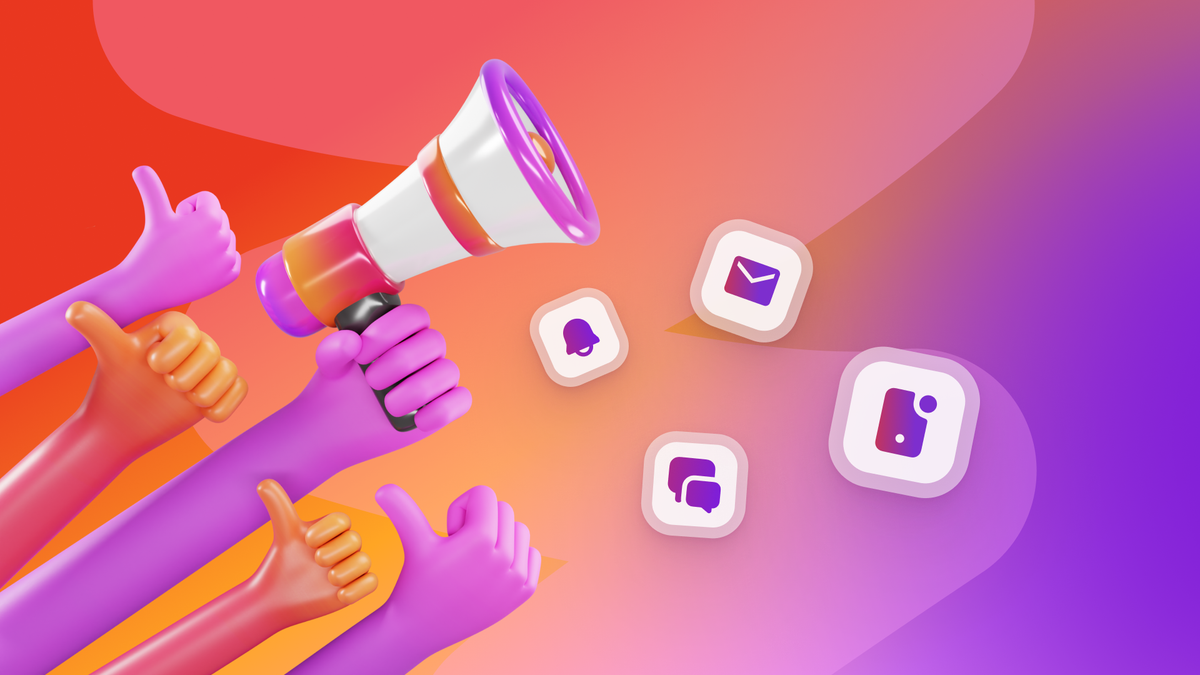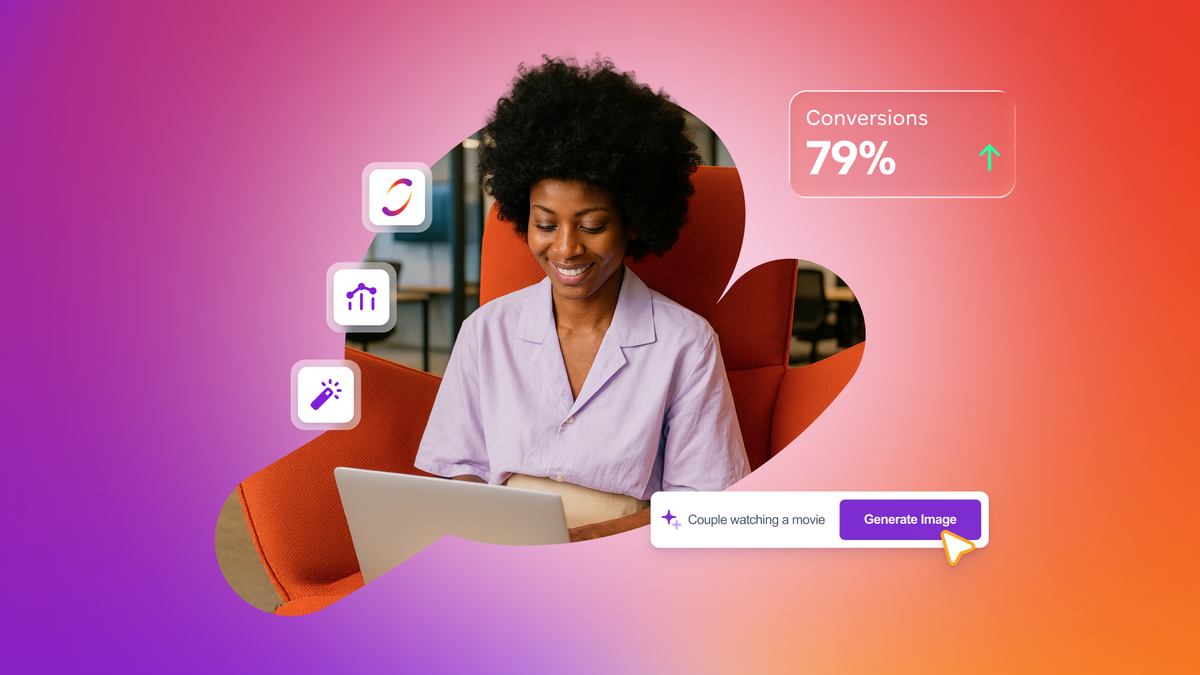How to Fight Churn Effectively With Customer Loyalty
Published on December 21, 2022/Last edited on December 21, 2022/7 min read


Sean McTiernan
Content Writer at Talon.OneIt’s the prime shopping time of year and you’re probably seeing a lot of new faces. That’s normally good news for brands—however, if you lack a follow-through plan for how to keep them engaged, seasonal sales can end up providing the best value to one-time customers you’ll never see again.
The importance of this can’t be overstated. It is 6–7X more expensive to acquire a new customer than it is to retain an existing customer, so you can’t let the opportunity to build strong customer relationships go to waste. The question is: How can you keep the customer interest you’ve worked so hard to capture?
The answer? Loyalty.
Taking control of the customer journey through loyalty
Loyalty programs reward a customer for the time and money they’ve invested in your company. They are a fantastic way to keep a customer consistently engaged, by offering exclusive deals and perks to those you commit to shopping with your business.
Loyalty programs are especially effective when it comes to re-engaging customers who may be at risk of churning. Time-limited discounts create urgency around shopping, the message itself keeps your business at the forefront of their mind, and the promise of rewards for points helps deter the urge to comparison shop.
However, it’s not just as simple as starting a loyalty program and hoping for the best. Poorly run loyalty programs can have the opposite of the intended effect, creating frustration and weakening consumers’ bonds with your brand. Accordingly, there are basics that it’s vital to get right.
Are you getting the basics of loyalty right?
If you’ve established a loyalty program but are still seeing significant churn, it’s time to re-examine how you’ve put the program together and the way you’re using it to re-engage customers. Your loyalty program represents how you interact with your best customers; accordingly, it cannot be an afterthought. A poorly deployed re-engagement strategy is only likely to make churned customers certain they’ve made the right decision.
Beyond just offering attractive rewards, your main priority should be making sure the mechanics of your loyalty program are totally transparent. Customers should know exactly what rewards are available to them and how long it takes to receive a reward following the redemption. UX is vital, too; your loyalty design should be user-centric, with a simple, clear point of interaction for your loyal customers.
Your loyalty program should be aligned with your cross-channel strategy, operating across your digital channels. A cross-channel loyalty scheme allows members to redeem their points without any friction, significantly reducing the post-redemption churn rate.
Taking a cross-channel approach to promotions and communication also means that your customers receive updates and rewards in the way most impactful for them. Loyalty is no different. If a customer is accumulating points they can’t spend and miss deals they don’t hear about, it’s likely your loyalty program is going to do more harm than good.
It’s extremely important to account for all of this when using a loyalty program to re-engage customers. Sending them messages on the wrong channel, offering them deals they don’t want, or messaging them more than they’re comfortable with—these are all recipes for disaster.
That’s why Talon.One and Braze work so well together. Talon.One’s powerful, rich promotions combine with the power of the Braze platform to create campaigns that always deliver a customer’s ideal rewards at a time and channel they will find most impactful. That’s where personalization really shines.
Personalized promotions
When a customer churns, you’re losing them to the competition. Provide something your competitor doesn’t and they’re much more likely to stick around. That’s why these next two stats are so important: According to a survey by Think with Google, 90% of marketers say personalization significantly contributes to business profitability but a Gartner poll indicates 63% of digital marketing executives say they struggle to provide tailored experiences.
Providing personalized, targeted rewards to a customer pays off the investment they’ve made in your business. If every time they make a purchase feels like the first time, they’re extremely susceptible to comparison shopping. But when a business starts providing promotions tailored to a customer’s shopping history and style, they’re receiving a service a first-time buyer simply won’t receive somewhere else.
Tailoring promotions to a customer also creates a lot of interesting possibilities for re-engagement. Contrast a customer who shops online stumbling across a coupon for a brand they don’t wear through the mail versus them receiving a push notification with a code that allows them advanced sale access to a new shoe of a brand they frequently purchase. The second example is much cheaper for the brand than the first but feels a lot more exciting and impactful to the customer. Even customers considering churning because of price comparison or convenience can be re-engaged with exclusive rewards like this, especially if they’re tailored to their own specific interests.
70% of customers consider personalization a basic expectation, so it’s important to offer personalization that makes your business stand out. Experiential incentives like early access to sales or custom items are a great way to solidify a relationship with a customer, re-engaging them with rewards that acknowledge their priorities and buyer history.
Even with a solid loyalty foundation and a great personalized rewards approach, some churn is inevitable, even among loyalty members. However, there’s value even in this kind of unideal behavior. Data on these consumers is invaluable, learning how customers’ behavior towards your company changes over the long term will provide vital insight into how you’re engaging and re-engaging customers, what expectations you’re setting and where the real weaknesses of your business lie (that is,the ones that make even long-term customers walk away.)
Loyalty churn
It’s much more useful to segment users while examining churn than treating them as a monolith. Is your loyalty program truly cross-channel or—for instance—is it easier to use in-store and a pain to use online? As mentioned above, providing a consistent experience across every way a customer can interact with your business can provide a massive boost for customers, but which are often difficult to get right. The key is this: All channels need to get the same attention and evolve together.
A close look at churn could also reveal that you’re only attracting customers who buy a particular subset of your products. This is where personalized incentives come into their own. By targeting the incentives for loyalty members based on their purchase history and interests you’ll never end up in a situation where one group feels excluded or ignored.
As time passes and your loyalty program develops, it’s time to examine the average duration of membership before churn occurs. Churn doesn’t necessarily indicate that the entire program is bad or fundamentally dissatisfying, it’s equally possible a customer has just gotten what they perceive to be the maximum value from the program. Perhaps your program is only worthwhile for customers who have a high average order value (AOV) rate to begin with and isn’t doing anything to incentivize regular customers to raise their AOV.
Final Thoughts
No matter why an individual becomes a customer, it’s in your company’s interest to find ways to drive loyalty over the long haul. By embracing personalized, cross-channel loyalty programs and focusing on providing true value to consumers over time, your brands can see stronger results and drive better results going forward. Explore our Loyalty Toolkit for a deep dive into the loyalty program technology landscape, and build a loyalty program that translates directly into customer value.
Related Tags
Releated Content
View the Blog
Enterprise generative AI: Transforming data, decisions, and customer experiences

Team Braze

Omnichannel personalization: Delivering consistent, connected customer experiences

Team Braze

Are you AI-savvy enough to survive? A wake-up call for CMOs
